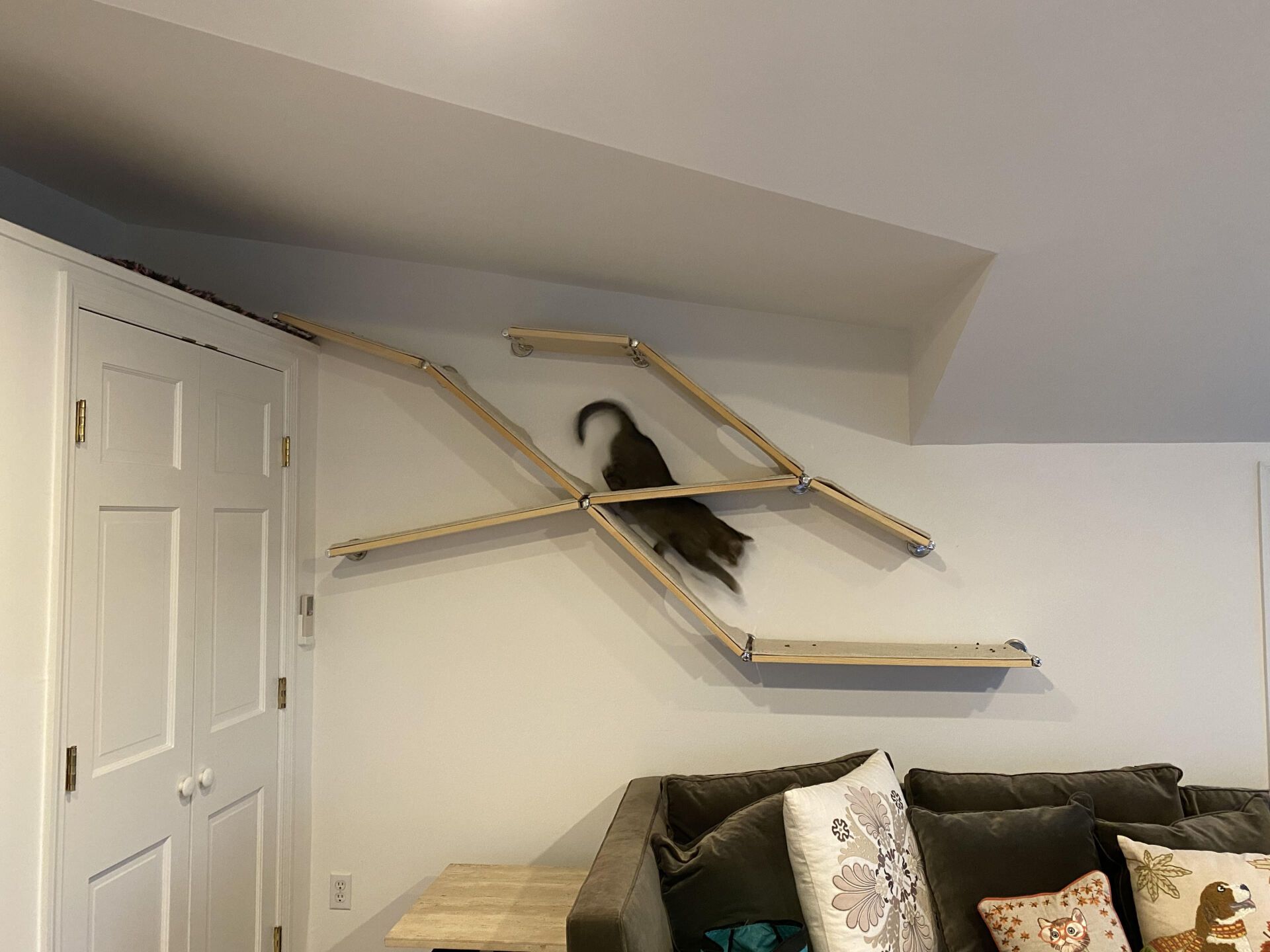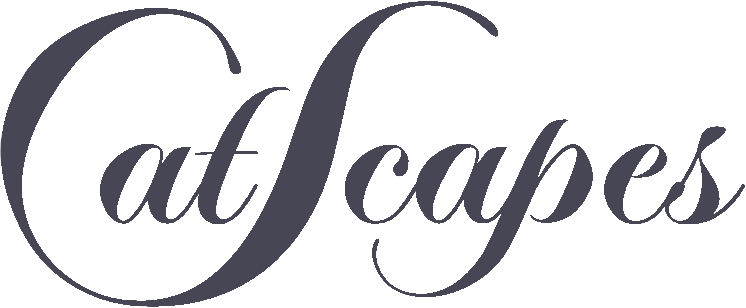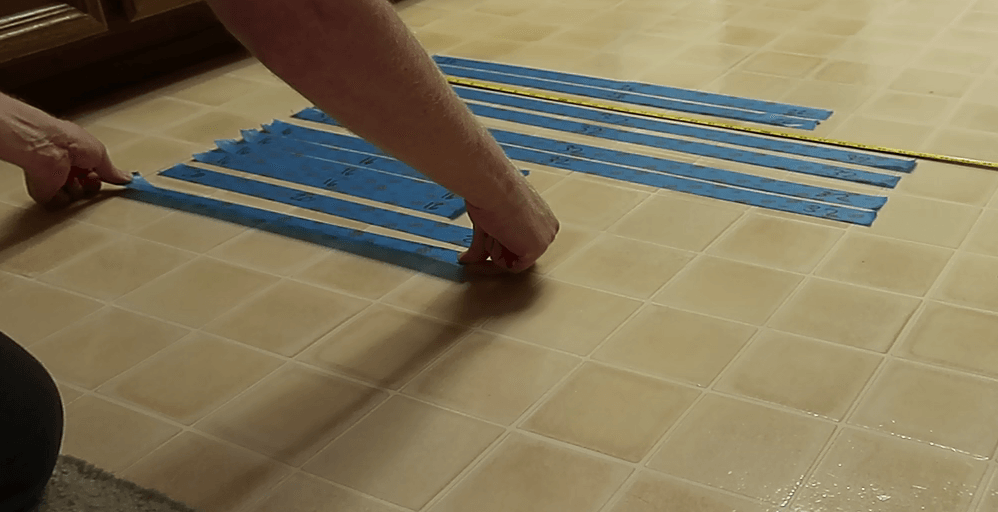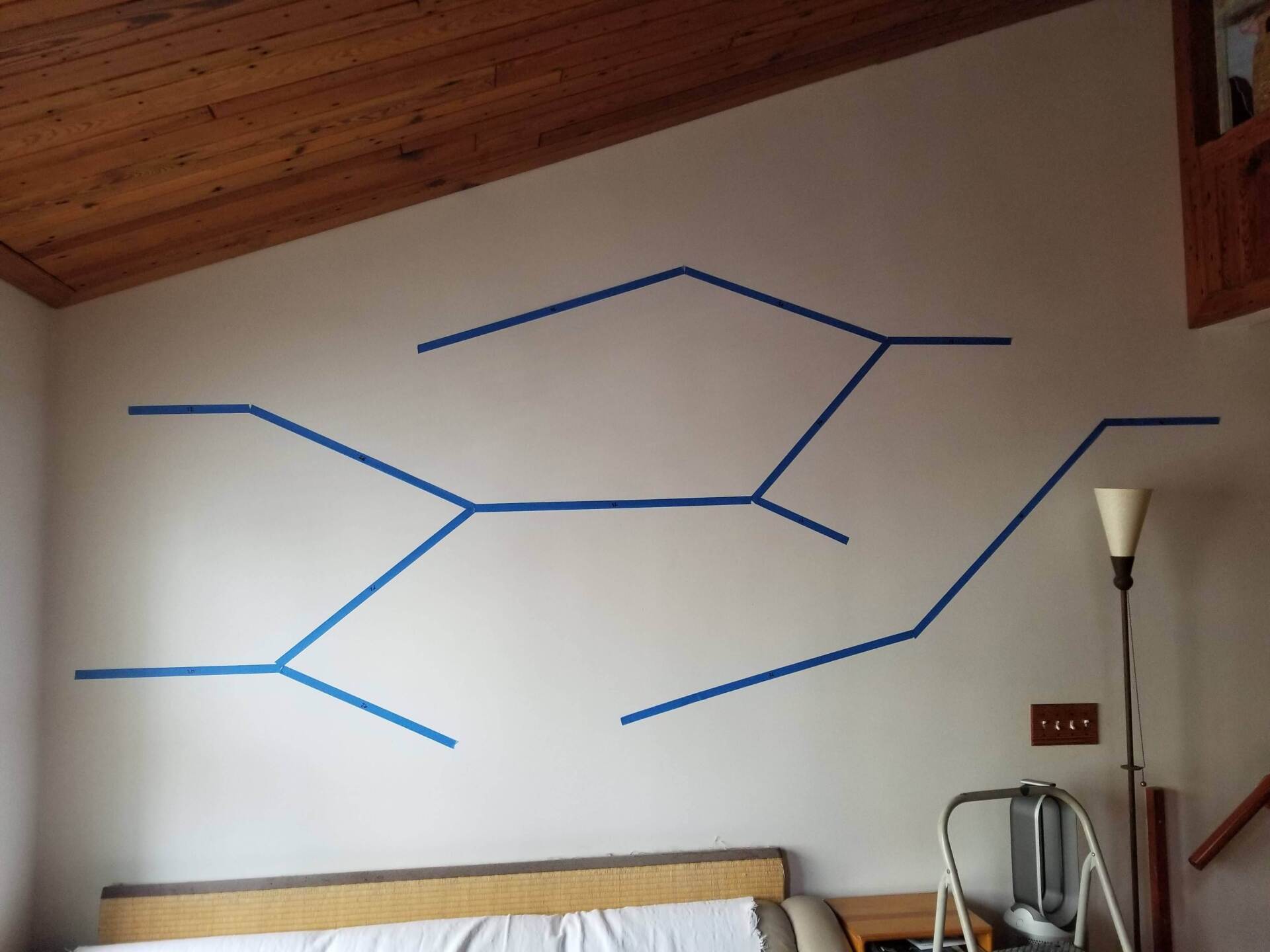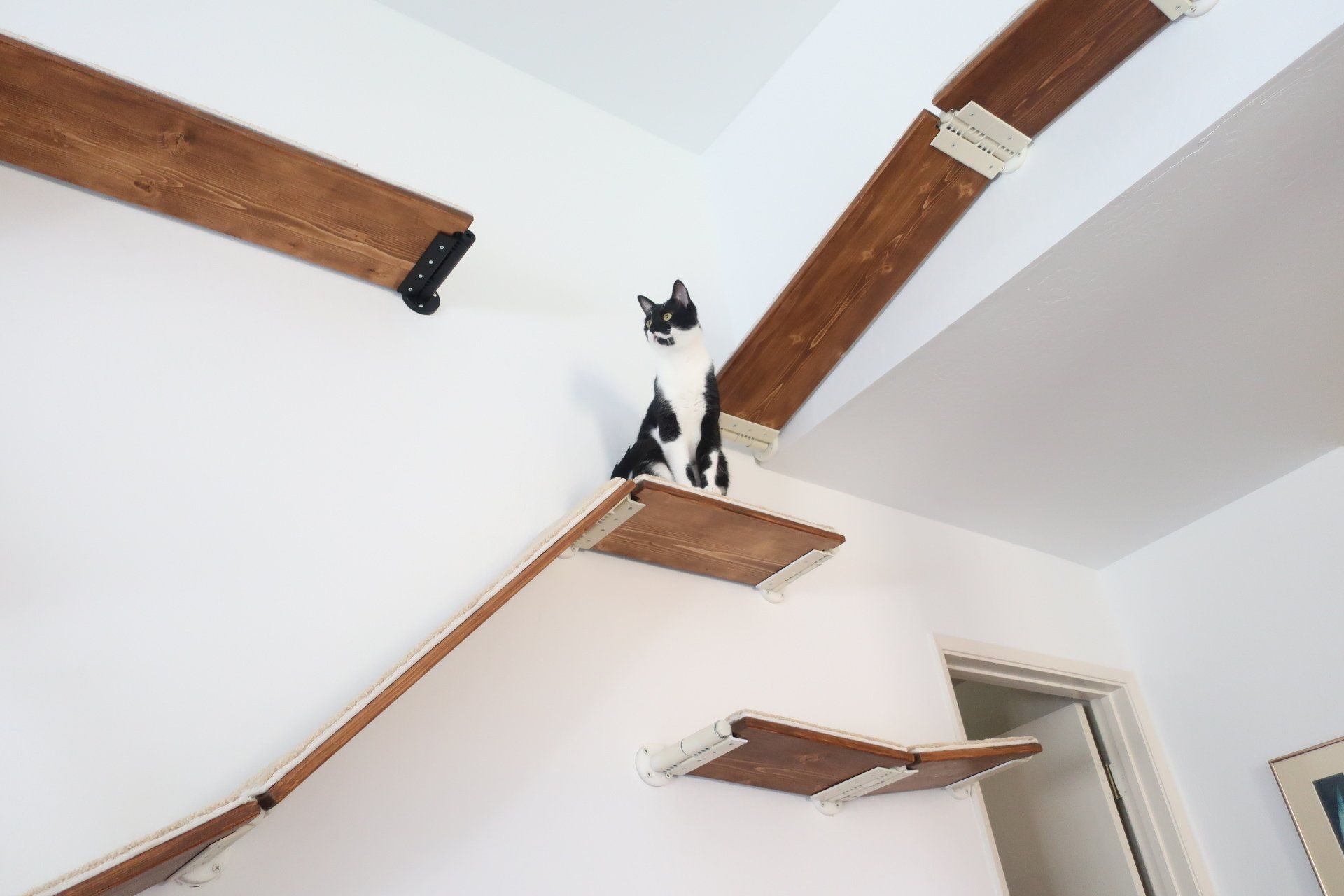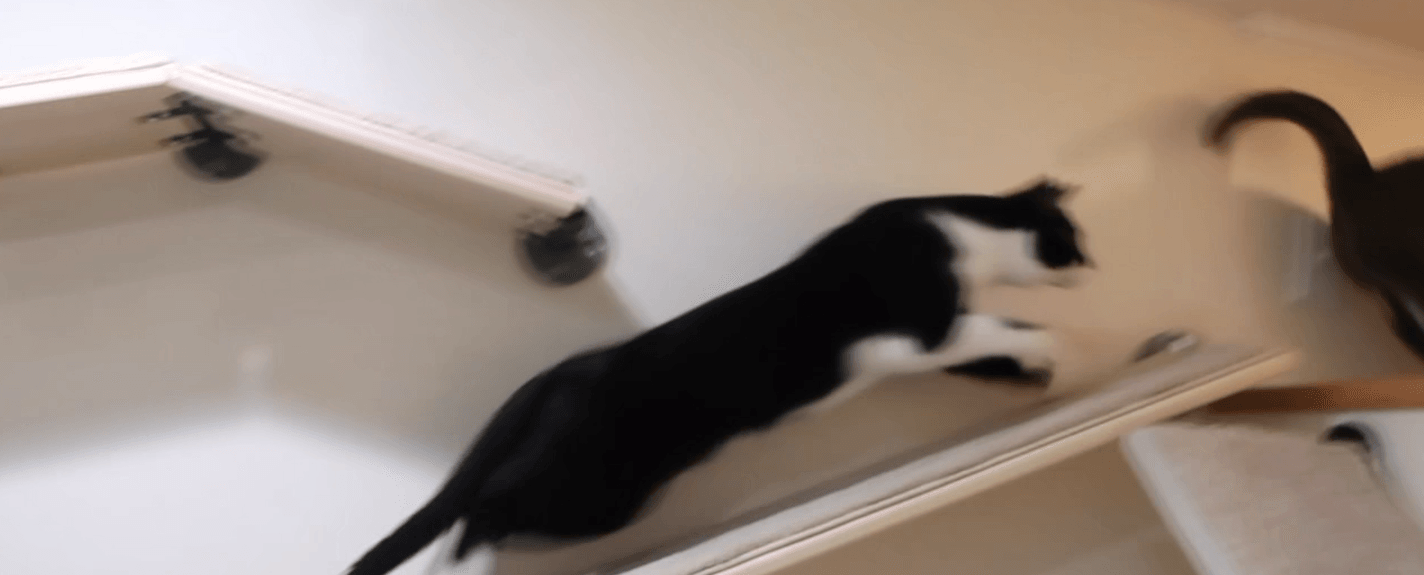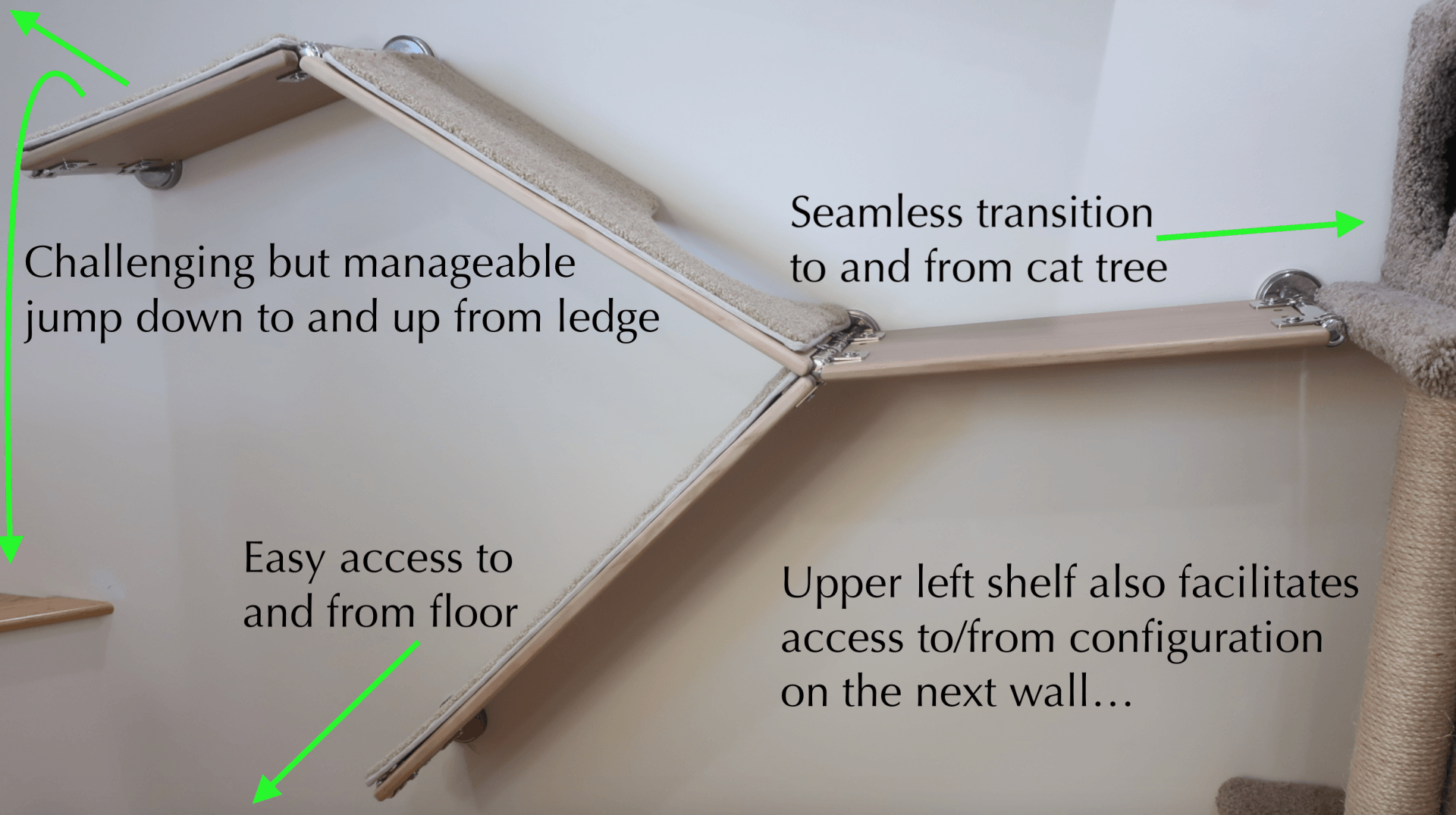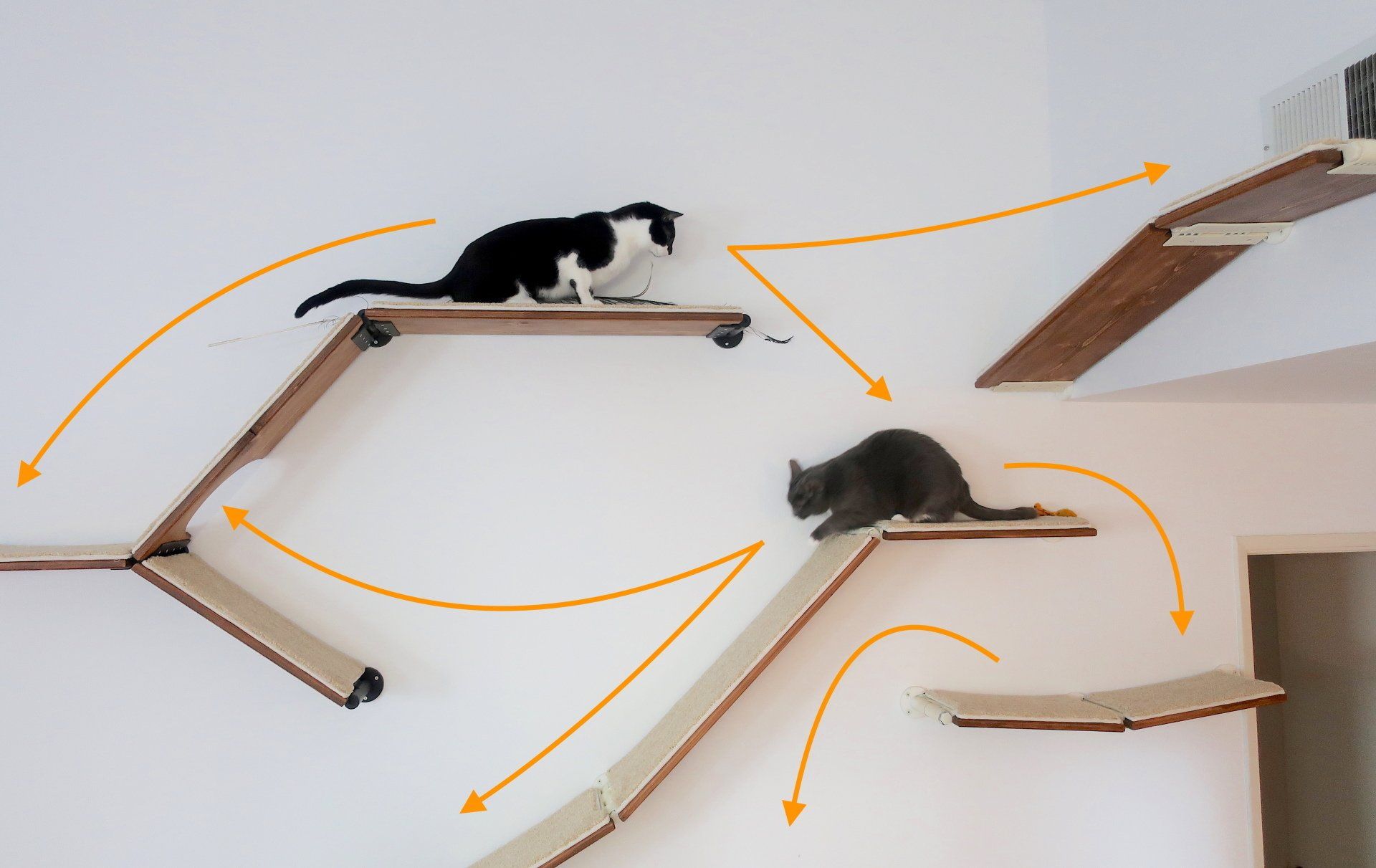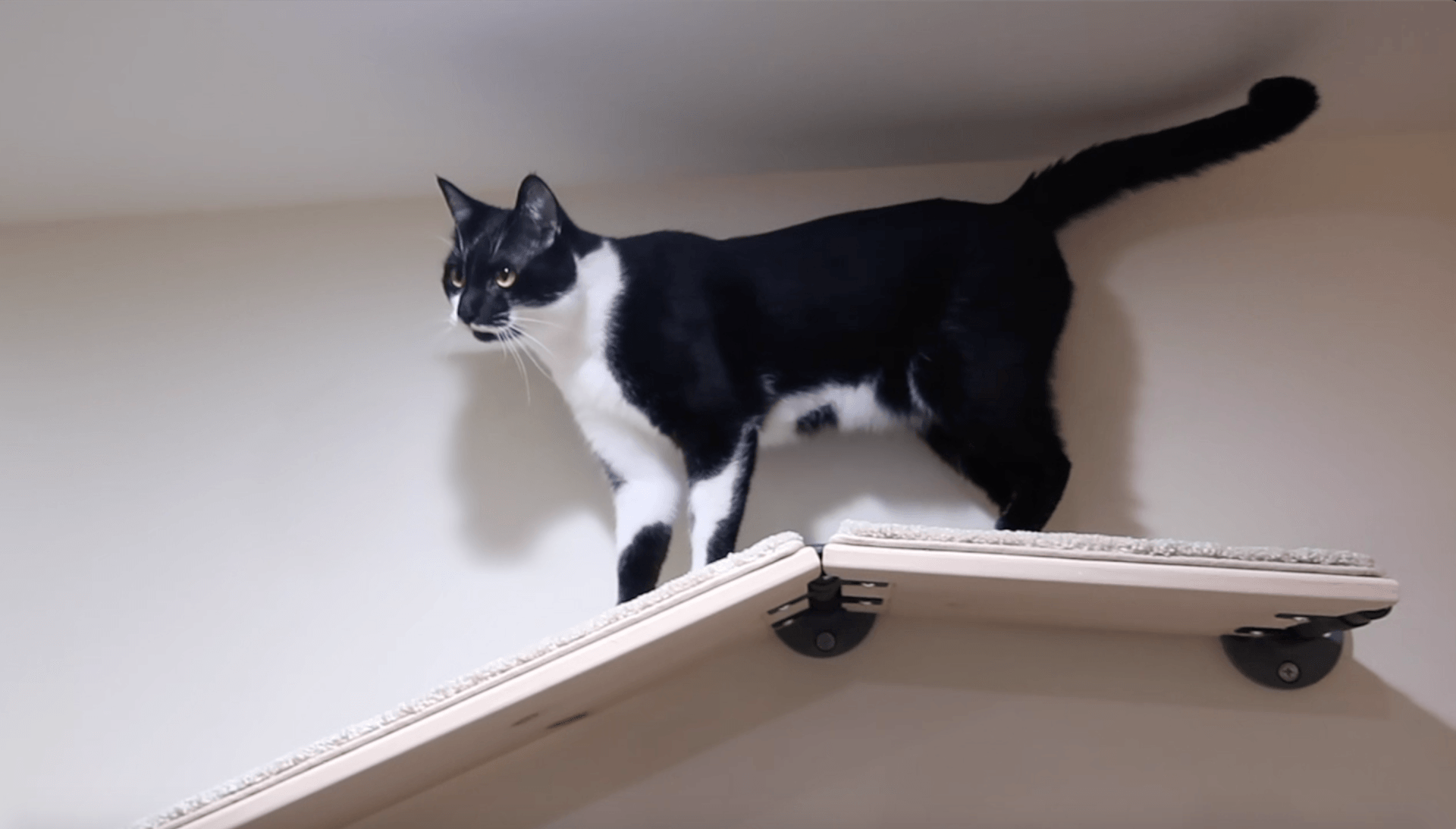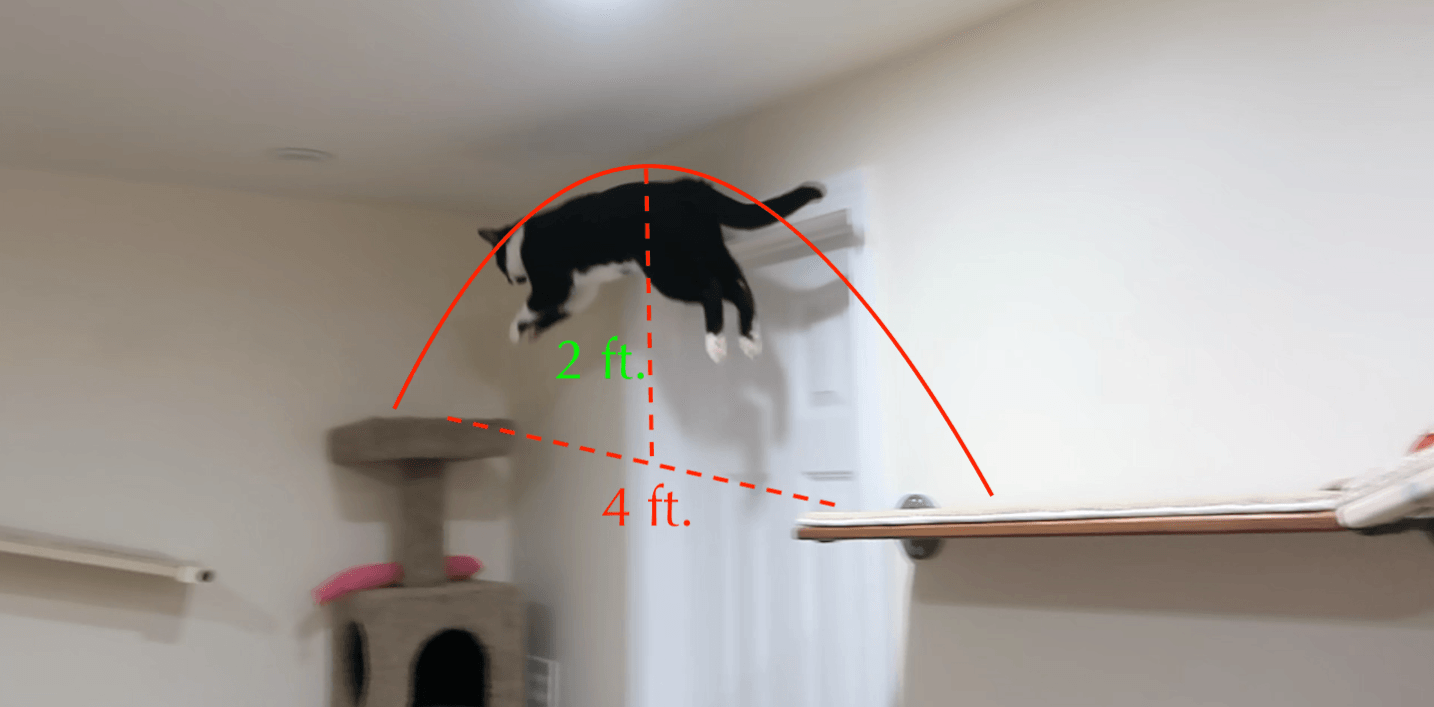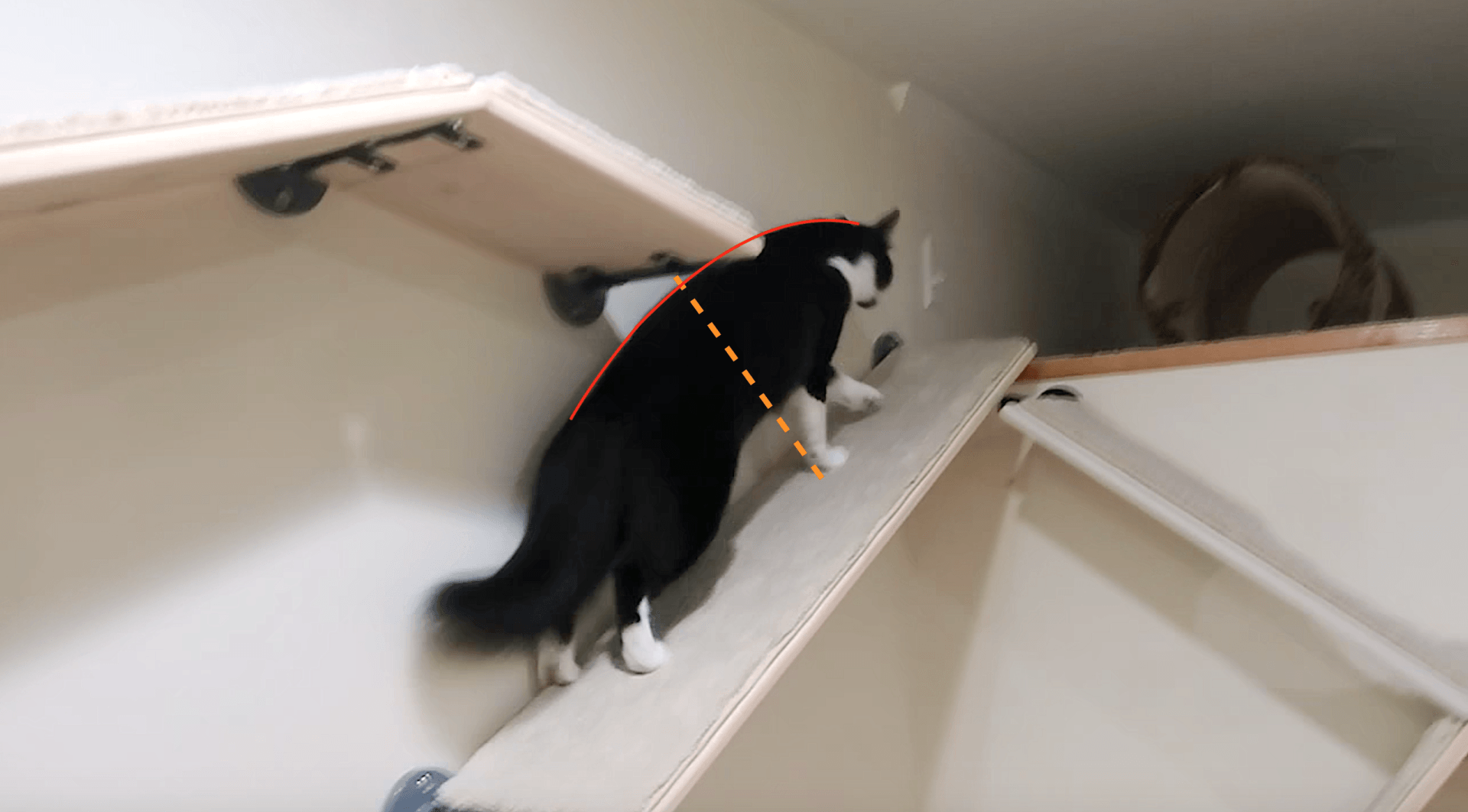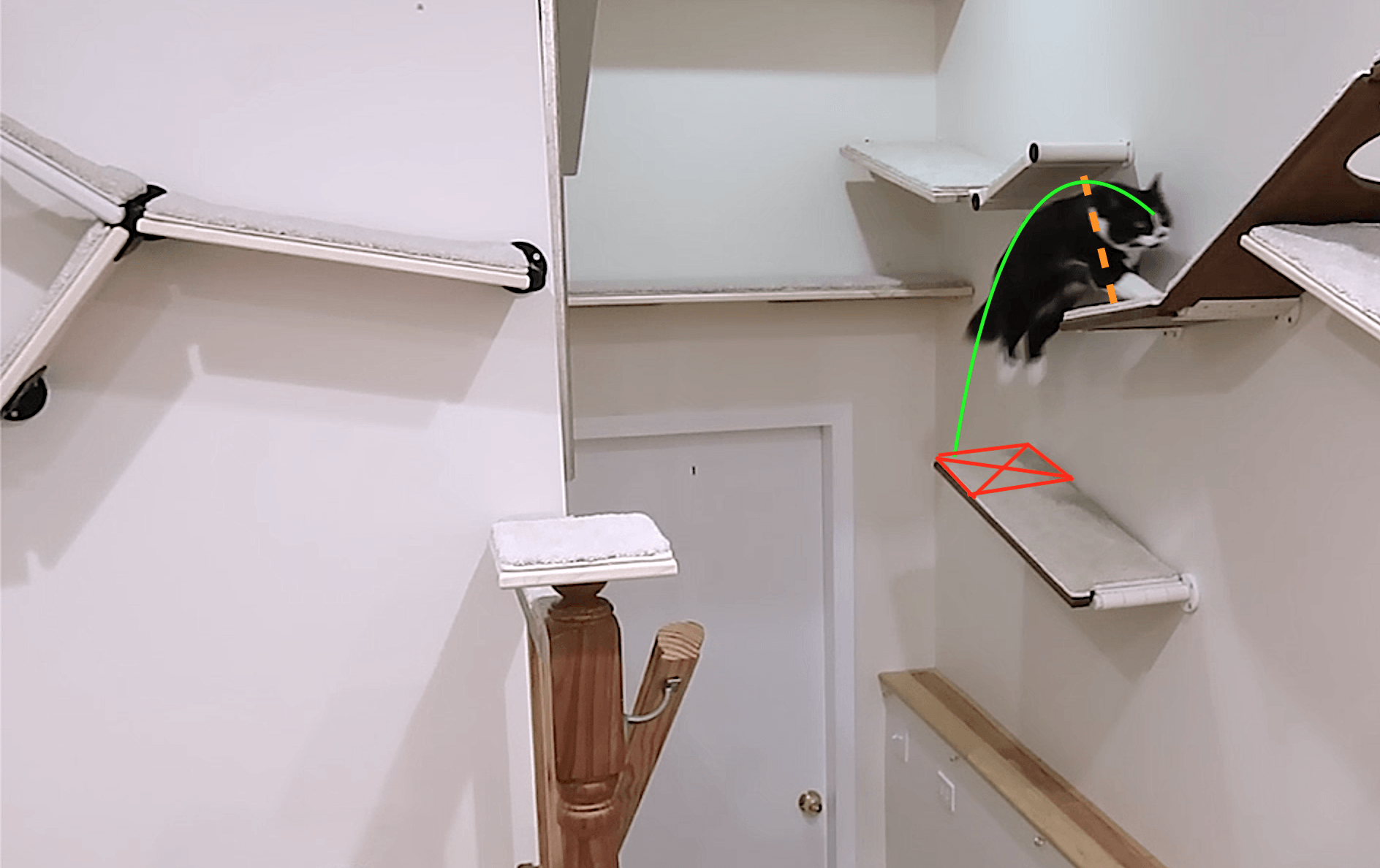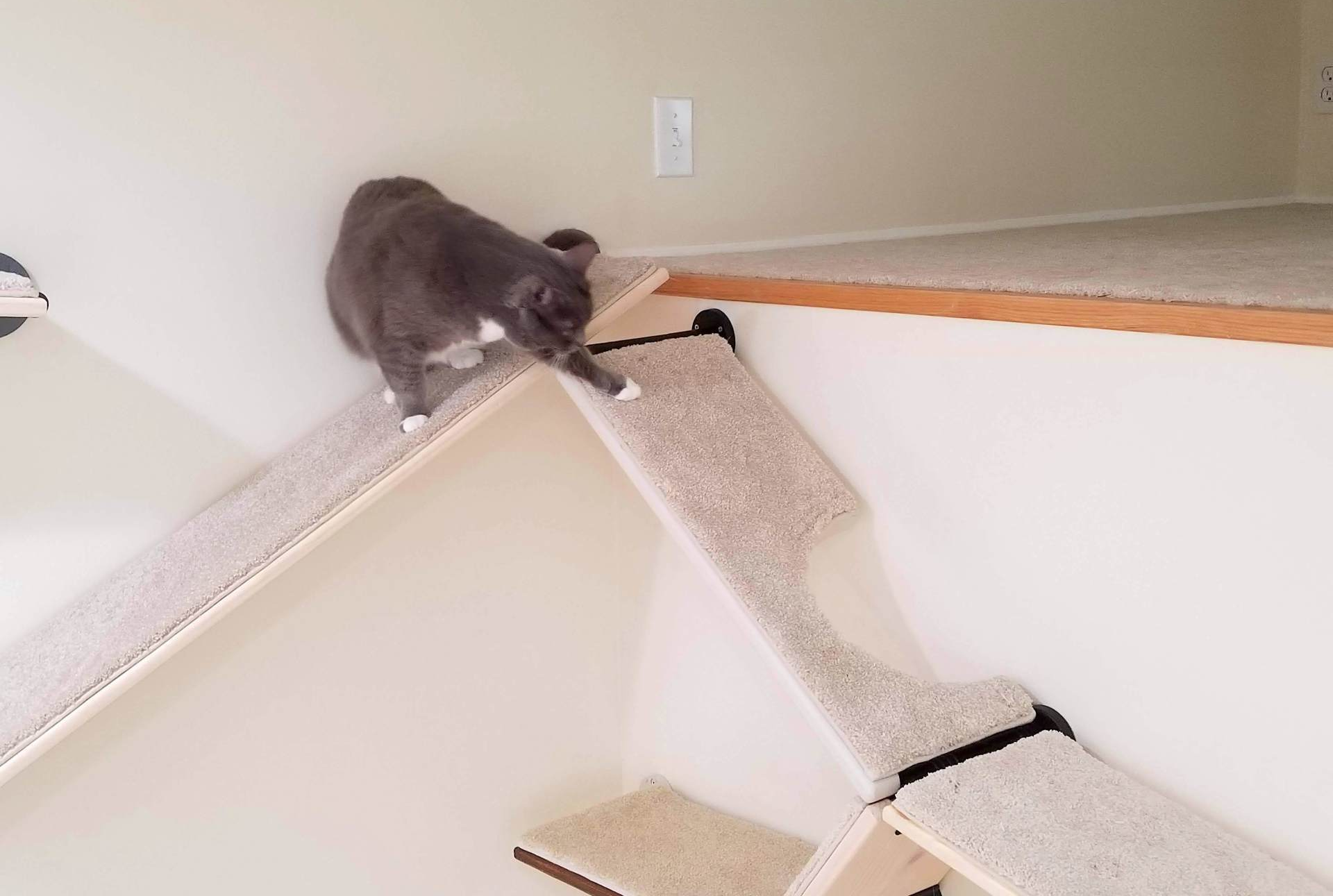OUR METHOD
Cut one piece of painter's tape to each shelf-length in the Deluxe Kit.
If you have sufficient wall-area for additional kits, go ahead and prepare the tape for those as well.
For ease of keeping track, mark the length of each piece of tape towards its center. Also indicate whether the opening of the 26" shelves will be on the right or on the left.
Arrange the pieces of tape on your wall in a manner that flows well with existing furniture, artwork, windows, doorways, etc. Prioritize accessibility and movement of the cats, and consider overall aesthetics of the design as sculpture on your wall.
If your design requires different or additional lengths to be complete, add those to your order when purchasing the Kit/s.
Find the sweet spot
Above the back of a couch, you'll need to find the sweet spot between too low for your tallest friend or family member when seated and too high for the cats to access their catscape.
